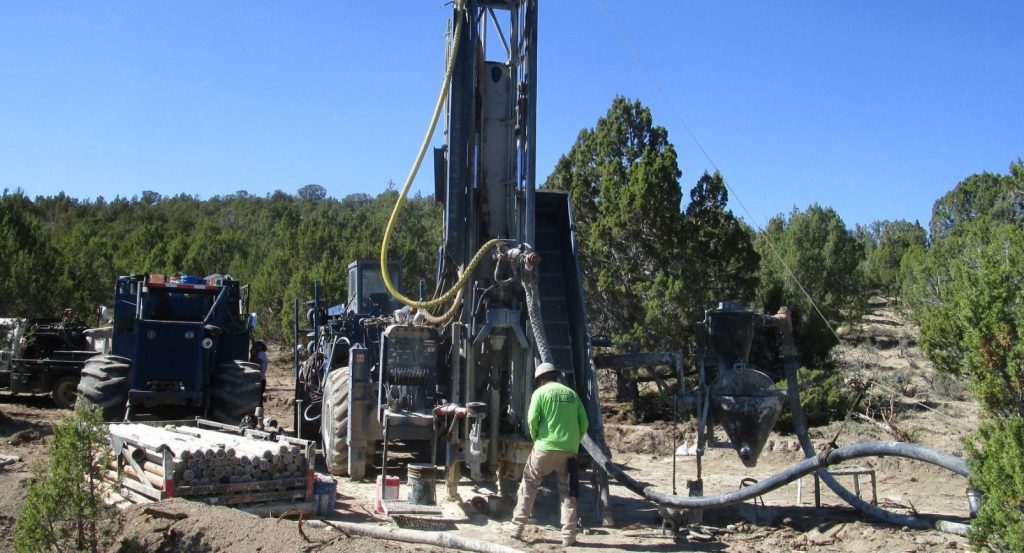Surge Battery Metals begins flow sheet testing at Nevada North lithium project, Nevada

Surge Battery Metals Inc. [TSXV-NILI; OTC-NILIF; FSE-DJ5C] has commenced additional mineral processing test work on 2023 drill samples from its high-grade lithium clay discovery at the Nevada North lithium project (NNLP).
Working with Surge director Dr. Vijay Metha, Kemetco Research Inc. of Richmond, B.C., has been engaged to provide bench testing on three composite samples of mineralized clay obtained from the 2023 sonic core drilling program.
The samples are composites of three geographically diverse holes (NN2302, NN2303 and NN2304) and collected from different depths within the holes. Material was subsampled from the original 2.5-foot (0.76-metre) sample intervals representing lower-grade (1,000 to 2,000 parts per million lithium), medium-grade (2,000 to 4,000 ppm lithium) and high-grade (greater than 4,000 ppm lithium) material. Each composite sample contains 12 to 15 kilograms of material.
Testing is aimed at determining, at a bench scale, how the mineralized material can be processed to separate the lithium from the mineralized rock and, from there, to refine and optimize the conceptual flow sheet to produce a saleable product. Tests will include disaggregation, followed by differential wet screening to determine lithium grade, carbonate content and other chemical parameters in the various particle size fractions present in the claystone. The material will then be subjected to leaching tests to determine extractability, acid consumption and uptake of other elements into the leach solution. The end goal is to precipitate lithium carbonate from the leach solutions to simulate the full extractive process at a bench scale.
Testing has begun, with the completion of the full test program targeted for the end of Q1 2024.
Initial metallurgical tests on coarse rejects from the 2022 reverse circulation drill samples performed by Kappes Cassidy and Associates (KCA) of Reno, Nev., yielded favourable results regarding acid consumption to separate lithium from the uppermost high-grade clay unit (see press release dated May 4, 2023).
Greg Reimer, CEO and director, commented: “I am very pleased to be advancing on schedule with our aggressive plan to develop our high-grade lithium clay discovery. Our early testing demonstrated that the front-end lithium extraction using a traditional sulphuric acid leach for the NNLP can be performed at acid rates comparable with those for advanced lithium clay projects in the same class. This testing aims to further prove that work and advance from there to develop and test the fully optimized flow sheet to yield a high-purity lithium solution and a purified lithium carbonate sample.”
The company has granted a total of 2.1 million stock options, exercisable for a period of five years, at an exercise price of 52 cents a share to certain directors, officers and consultants.
The company owns the Nevada North lithium project located in the Granite Range southeast of Jackpot, Nevada, about 73 km north-northeast of Wells, Elko County, Nevada.
The first round of drilling, completed in October, 2022, identified a strongly mineralized zone of lithium-bearing clays occupying a strike length of almost 1,620 metres. Widths of the mineralized horizons are at least 400 metres, supported by highly anomalous soil values indicating potential for the clay horizons to be much greater in extent. The potential for a significant lithium deposit can be illustrated by the average lithium content within all near-surface clay zones intersected in 2022 drilling, applying a 1,000-pPM cut-off, which was 3,254 ppm.
The 2023 drill program is designed to expand the known lithium-rich clay from the current 1,620-metre strike length to more than 3,500 metres and the known width of the mineralization to 950 metres from the previously drill-indicated 400 metres. The program is now completed, and the company is awaiting assay results. Initial assay results from the first hole of the 2023 season had a high of 8,070 ppm lithium, with an average of 4,067 ppm lithium at a 1,000-ppm cut-off.
